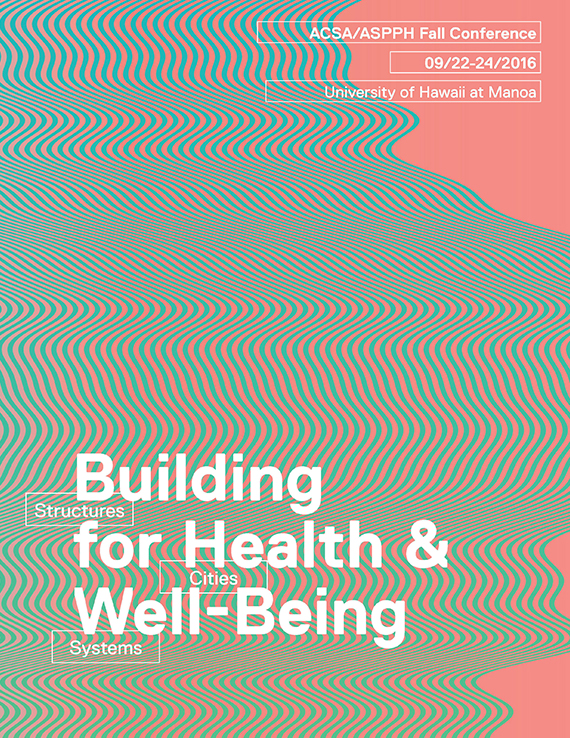Author(s): George Elvin
As the global oil supply dwindles and concerns aboutits use rise, designers are searching for alternatives.An increasing number are choosing to reduce theamount used in their raw materials, manufacturingprocesses and product distribution. Some areachieving significant reductions throughout theentire product lifecycle. By interviewing over 40industrial designers and architects practicing postpetroleumdesign, I found that significant reductionsin petrochemical use often begin with design. Thedesign intent of the designer in many cases establishesthe goal of minimal petrochemical use, whichis then achieved through material acquisition, manufacturing,distribution and recycling. Analysis of thedesign processes and their lifecycle repercussions asrevealed in the interviews exposed five principles:energy flows, cycles, resource balancing, resilienceand interdependence. The results of this study ofpost-petroleum design will be of value to architectsand their educators in two ways. First, the analysisof interviews with architects reveals specific principlesand practices for reducing petrochemical use inarchitecture. Second, the analysis of interviews withthe designers and manufacturers of post-petroleumproducts and materials, which can be specified byarchitects, opens new approaches to green building.
Volume Editors
Billie Faircloth, Howard Frumkin & Sara Jensen Carr
ISBN
978-1-944214-09-8

 Study Architecture
Study Architecture  ProPEL
ProPEL 
